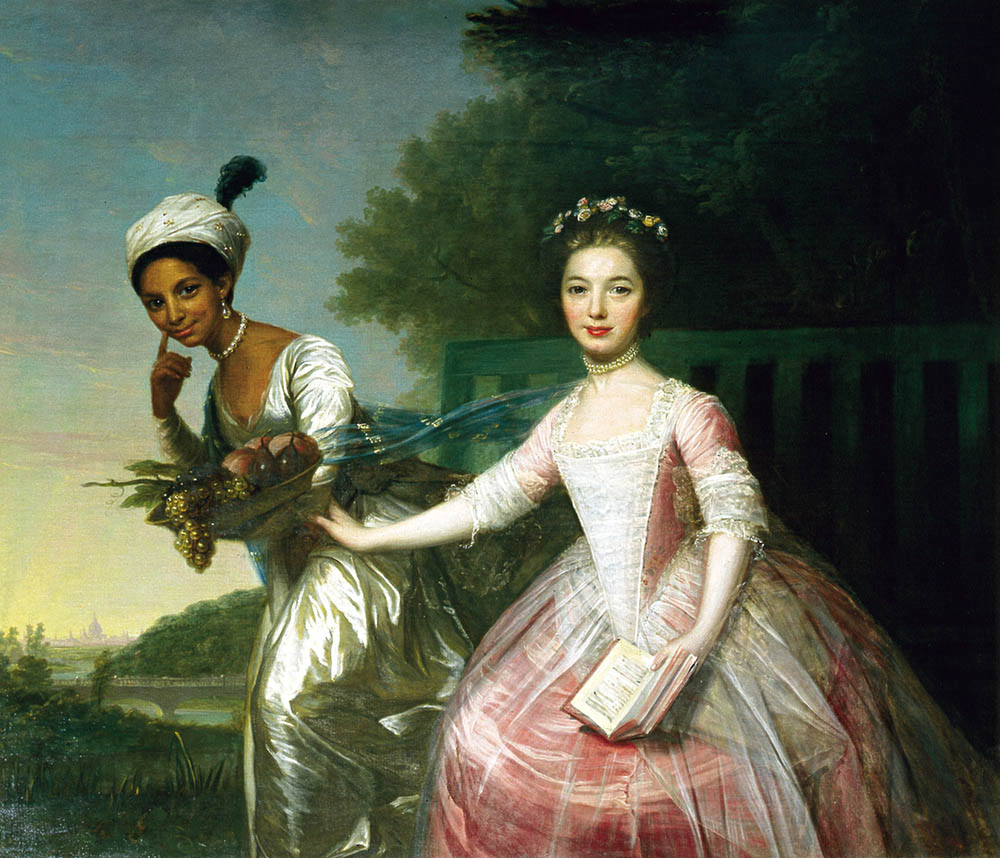
A Mother-Daughter Legacy Depicted Through Embroidery and Art

# A Deep Dive into Bea Lema’s *El Cuerpo de Cristo*: Weaving Art and Pain through Ink and Thread
In the world of contemporary art and literature, few works manage to balance the fine line between personal vulnerability and universal resonance as poignantly as Bea Lema’s *El Cuerpo de Cristo* (*The Body of Christ*). More than a graphic novel, this work is a textured narrative—both literally and figuratively—that stitches together a deeply emotional account of mental illness, family trauma, and the intricacies of caretaking, all set against the backdrop of Galicia, Spain. It offers an intimate portrait of Lema’s connection to her homeland while bringing to light larger societal issues often left unspoken.
### A Story Stretched across Generations
*El Cuerpo de Cristo*, recently named the winner of Spain’s *Premio Nacional del Cómic* (2024), parallels two stories that span generations: Lema’s personal experiences growing up with a mother suffering from mental illness, and the societal context that shaped both her mother’s and her grandmother’s lives before her. The graphic novel’s structure mirrors the fragmented, often disordered experience of living with psychological trauma, jumping back and forth between the bustling streets of A Coruña in the 1980s and ’90s and the rural, Franco-dominated Costa da Morte in her mother’s youth.
The complexity and depth of the narrative lie not just in the story itself but in Lema’s use of artistic mediums. The sections depicting her character Vera’s childhood are rendered in delicate pastel markers, a nod to innocence and the soft, uncertain boundaries of childhood memory. In stark contrast, her mother Adela’s dark history, fraught with abuse and repression, is sewn in intricate black thread, suggesting a rawness and permanence to the scars left behind. Lema’s technique aligns her with other artists who use mixed media to emotional effect, like the esteemed Galician painter Castelao, who also used art to capture the essence of rural Galician life and suffering.
### Galicia: A Land of Deep Spiritual Roots
Galicia, known for its strong spiritual history and mixed religious influences, plays a prominent role in *El Cuerpo de Cristo*. Lema subtly intertwines symbols of Galician culture, from *Sargadelos* porcelain to local delicacies like *Bonilla la Vista* potato chips, forming the cultural tapestry upon which the personal narrative is told. Yet it is in the region’s unique spiritual practices where Lema delves deepest.
Adela, Vera’s mother, turns to religion as a form of psychological healing, although it ultimately fails to soothe her mental anguish. This religious undercurrent offers readers a glimpse into the mystical Catholicism of rural Galicia, where ancient Celtic and pagan traditions still influence faith practices. Adela’s pilgrimage to the Santuario de Nosa Señora de O Corpiño and the haunting depictions of the Romaría de Santa Marta de Ribarteme — where survivors of death are paraded in coffins — underscore the ways in which religious mysticism becomes entangled with broader societal expectations of women, healing, and suffering.
### Art, Healing, and Intergenerational Trauma
Though intimately autobiographical, the themes in *El Cuerpo de Cristo* hold global resonance, particularly regarding the challenges of navigating mental illness within a family. As Vera grows up, she takes on the burden of her mother’s care — a role familiar to many women across generations. One tender page shows little Vera cradling her miniature mother in her arms: “Yo te cuido, Mamá” (“I’ll take care of you, Mommy”). It is a poignant commentary on how caregiving often inverts the traditional familial hierarchy, particularly in the context of mental health, when children frequently become the guardians of their parents.
The novel’s strength also lies in its critique of how women’s illnesses — both physical and mental — have historically been mishandled by patriarchal systems, particularly the medical establishment. Adela, despite clearly suffering, is repeatedly misunderstood and downplayed by male doctors who prioritize conformity and silence over healing. She turns to religion not out of intense faith, but out of a lack of other avenues for reprieve. Lema explores in stark terms how societal structures often compound pain rather than relieve it, especially when women are confined to roles of child-rearing and domesticity, unable to voice or address their own suffering.
### An Artistic Approach: Thread as a Metaphor for Care
One of the most striking elements of Lema’s book is her use of black thread to symbolically “sew” the traumatic flashbacks from her mother’s past into the narrative. The act of sewing, traditionally labeled as “women’s work,” takes on layers of meaning as both an artistic and healing process. As the mother sews, even amidst her mental breaks, we understand this tactile act as a method for holding herself together, a literal stitching